- +86-19941574798
- sale06@kfqizhongji.com
Semiconductor Workshop Equipment
Semiconductor Wafer Transport Urethane Wheels
Semiconductor wafer transport urethane wheels are used in clean rooms and have the characteristics of high wear resistance, low heat generation, fatigue resistance, no powder loss, anti-static, and low resistance.
Semiconductor wafer transport urethane wheels are specialized components designed to meet the ultra-strict demands of semiconductor manufacturing. These wheels ensure contamination-free, precise, and safe movement of wafers through fabrication, inspection, and packaging processes. Below, we explore their critical features and roles in advanced cleanroom environments.

Chip-free design for critical contamination control
Semiconductor wafer transport urethane wheels are engineered to eliminate chipping, even under high-speed operation. Their non-abrasive urethane formulation prevents micro-debris generation, protecting delicate wafers from scratches or particulate contamination. This is vital for robotic arms or automated guided vehicles (AGVs) handling wafers at nanometer-scale precision.
Dust-free construction for ISO-class cleanrooms
Cleanroom polyurethane wheels feature ultra-smooth surfaces and stainless steel wheel cores to resist particle shedding. The inert, non-porous urethane material prevents dust accumulation, while stainless steel cores avoid rust or oxidation. This ensures compliance with iso 1-9 cleanroom standards in lithography or etching equipment.
Anti-static properties for ESD protection
Polyurethane wheels for chip handling incorporate anti-static additives to dissipate electrical charges. Guide wheels and drive wheels with this feature prevent electrostatic discharge (ESD), which can damage sensitive microchips. This is critical in wafer cassette transporters or load port systems handling unprotected wafers.
Stainless steel core for durability and hygiene
Semiconductor wafer transport urethane wheels utilize stainless steel cores for unmatched strength and corrosion resistance. The metal-urethane bond prevents delamination, even when exposed to frequent sterilization or chemical cleaning. This hybrid design ensures long-term reliability in wet benches or chemical-mechanical planarization (CMP) tools.
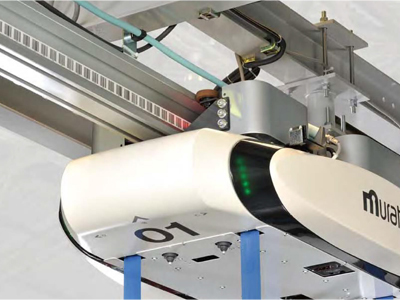
Low flame retardant for fire-safe operations
Semiconductor production lines' polyurethane-coated wheels meet low flame-retardant standards (e.g., UL 94 V-0) to minimize fire risks in oxygen-rich cleanrooms. Their self-extinguishing properties prevent ignition sparks during high-friction movements, safeguarding facilities with flammable gases or solvents.
Precision positioning with micro-tolerance guide wheels
Urethane wheels enable sub-millimeter accuracy in wafer alignment systems. Guide wheels with tapered edges and ultra-tight tolerances ensure flawless contact with rails, critical for stepper machines or metrology equipment. This precision prevents misalignment during high-speed transfers.
Low vibration for delicate wafer handling
Cleanroom polyurethane-covered roller wheels dampen vibrations caused by rapid starts or stops. Their shock-absorbing urethane treads protect wafers from micro-cracks during robotic transfers, especially in vacuum environments or inspection stages where stability is non-negotiable.
Chemical resistance to harsh process environments
Polyurethane-coated wheels resist acids, solvents, and plasma byproducts. Wheels used in etching or deposition tools maintain integrity despite exposure to aggressive chemicals, ensuring uninterrupted operation in front-end-of-line (FEOL) processes.
Semiconductor wafer transport urethane wheels are indispensable in the semiconductor industry, where contamination control, precision, and reliability define success. From anti-static guide wheels to vibration-dampening drive systems, their advanced engineering addresses the unique challenges of wafer fabrication. By integrating these wheels, manufacturers reduce yield loss, enhance safety, and maintain peak performance in the world’s most demanding cleanrooms.


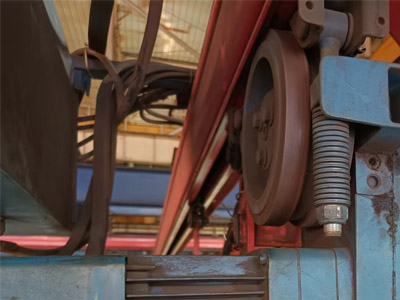
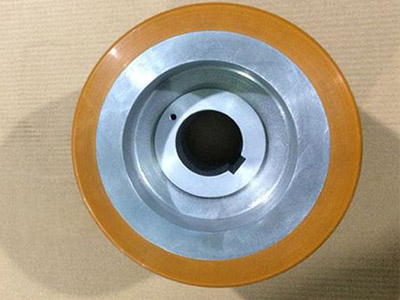
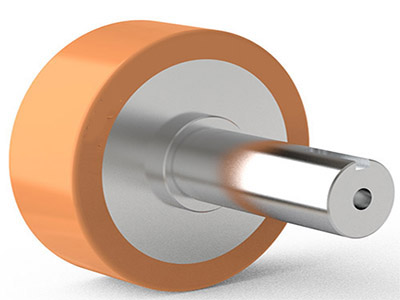
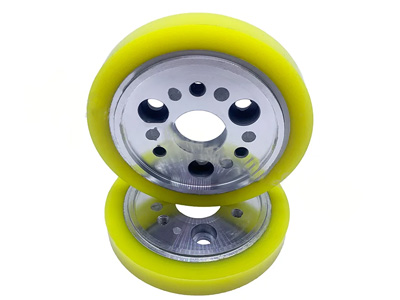
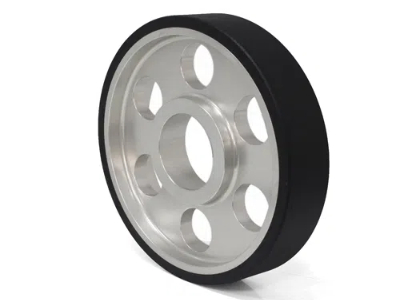
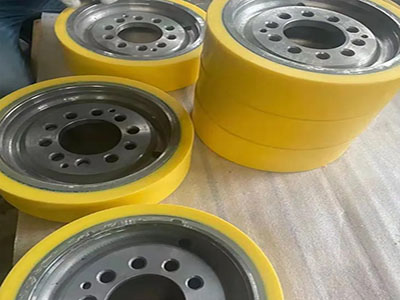
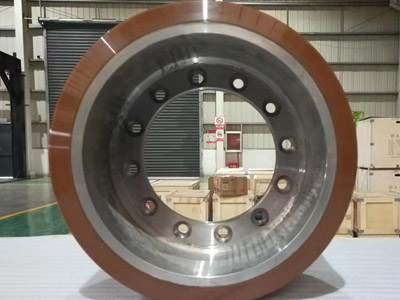
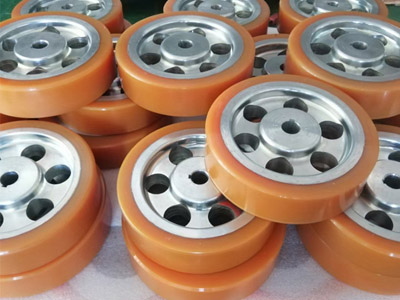



none
Clean Room Crane Stainless Steel Polyurethane-Coating Wheels